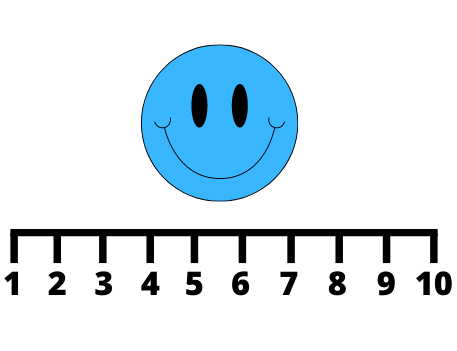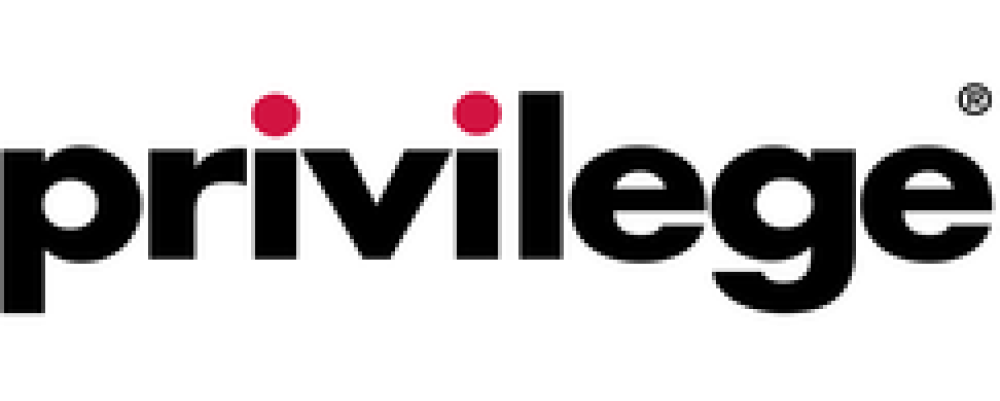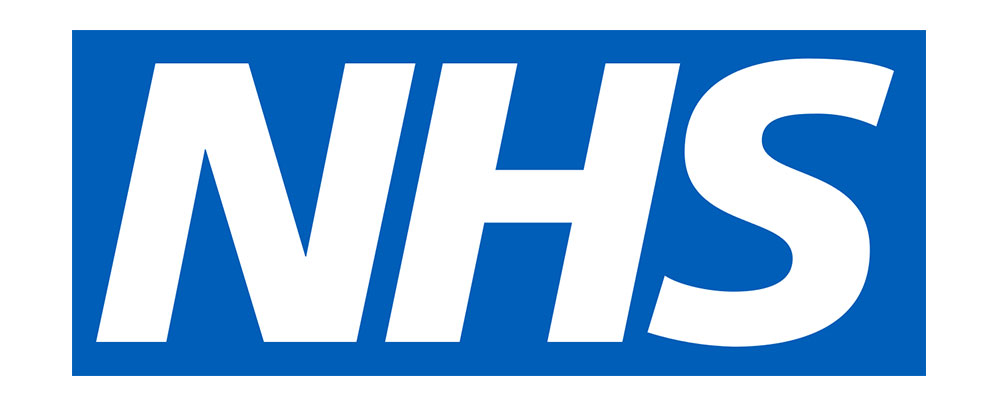Table of Contents
What is Net Promoter Score?
The Net Promoter Score (or NPS) is now an almost ubiquitous measure of customer brand sentiment, often used in customer satisfaction and brand tracking studies.
It consists of one key question; ‘On a scale of 0 to 10, how likely are you to recommend [BRAND X] to a friend or colleague?’ with the NPS score calculated by subtracting the percentage of people that scored 0 to 6 (Detractors) from those that scored 9 or 10 (Promoters). As a result, an NPS score can range from -100 to +100.

Advantages and disadvantages of Net Promoter Score
Across the research industry, NPS has many strong advocates and an equal number of opponents.
Disadvantages of Net Promoter Score
The question poses an unrealistic real-world scenario. People don’t often go around recommending brands to friends and colleagues. This argument is strengthened when considering brands in low-engagement sectors such as pensions, insurance, or even toothpaste. As a personal example, I’ve been asked by my GP Practice to give them an NPS rating after a recent visit. I ignored it as it felt at odds with reality.
The Detractors definition is too high. Is it fair to count someone who gives a brand a recommendation score of 6 out of 10 a ‘detractor’? If not, then the calculation and therefore the NPS score is erroneous.
It’s open to and suffers from abuse. There are numerous accounts of people being encouraged to give a higher score than they normally would. This is prevalent across many industries and is common in the hospitality and retail sectors, to name a few. The driving force behind this seems to be that frontline staff are sometimes measured against NPS score results, which encourages coercion.
As another personal example, after making a purchase in an electrical goods store, the sales assistant asked me to complete an NPS customer satisfaction survey. She then followed with a rhyme she (or her colleagues) had come up with; ‘an eight’s OK, but a nine would be fine’. I enjoyed the ingenuity but didn’t appreciate the coaxing to give a high score. Again, I ignored the survey.
It doesn’t pick up the views of the silent majority. Those that had neither a good nor poor customer experience and are less inclined to give any feedback. And if they did, they would have likely given a middle-ground score of 7 or 8 (named as Passives), diluting the percentage scores of Detractors and Promoters. Again, making the NPS score inaccurate.
It also dissuades people that can’t relate to the question and see it as a silly or pointless. Just like me in the two examples I gave earlier.
It’s too blunt a measure. It’s not wise to rely on one simple question as a barometer of brand health, considering all the nuance and subconscious relationships people have with brands.
Advantages of Net Promoter Score
Its simplicity is a strength. The fact that NPS is derived from one straightforward question offers the ability to distribute easily and widely, building a substantial and accessible data set quickly. It’s also easy to understand – it doesn’t take a statistician to explain how the score was derived or what it means.
It provides a universal and comparable measure of brand health. It allows us to provide a head-to-head comparison, either between competitor brands (for example, with a brand tracking study), or over time, in the case of an ongoing customer satisfaction study.
Relative comparability cancels out any calculation anomalies. As argued above, NPS is open to challenge in terms of how the calculation is run and the score derived. The counter argument to this is that even if you don’t agree with the absolute scores, the fact that the same perceived anomalies are consistent means that the relative comparison remains stable and is therefore a valid comparison.
Is Net Promoter Score Useful? – The Brandspeak position on NPS
As researchers we are by design and instinct, purists. We care deeply about asking the right questions in the right way and treating data with due reverence. As such, the opposing arguments might be a natural position for us to take.
That said, we’re also pragmatic and see the value of NPS. Accepting that the question itself acts as a fair proxy for brand sentiment, even if people wouldn’t actually ‘recommend the brand’ we do believe that respondents are able to make the cognitive leap between the literal question and the underlying sentiment.
We’re also on-board with the relative comparison argument. This is something we often bring into our analysis when comparing other data sets, whether that’s purchase frequency or money spent. We know that the absolute scores may not fully reflect reality, but it’s the relative differences we look for and trust.
We’re also glad of the simplicity and how that enables us to get across to our clients, a key metric easily and succinctly.
We will always make the call for NPS to be delivered free of coercion or bias. If frontline staff feel the need to try and influence the outcome, then we’d recommend disconnecting their performance from the measure. It might make for a stronger score, but becomes a self-defeating exercise, stripping away any real value that NPS can provide.
Summary – Where we net out.
We’re fully behind NPS but will always report the results in context, looking at the other data collected to understand what might be driving the score and what it means for the brand … and where a brand can take action to improve the score.














